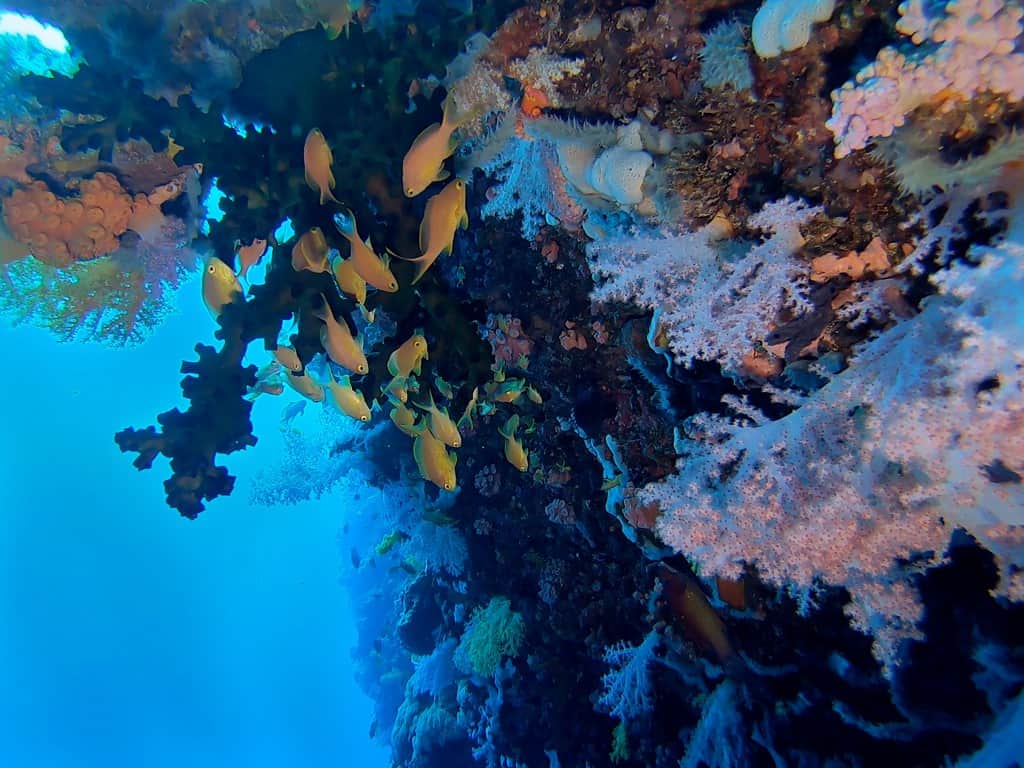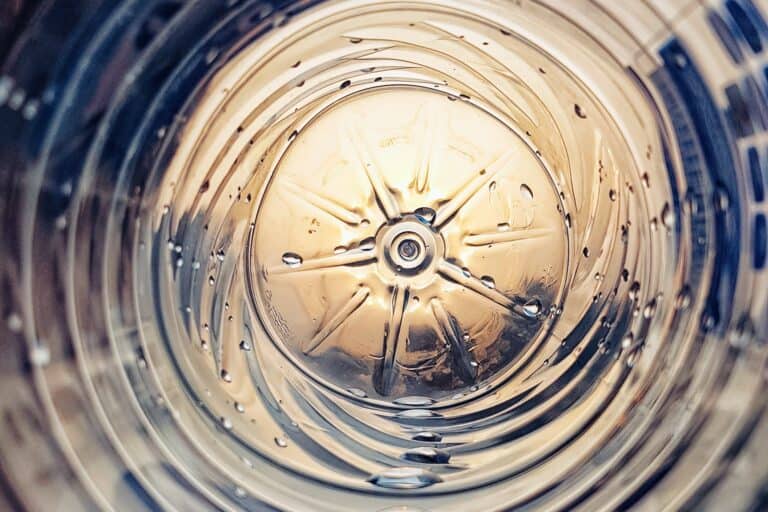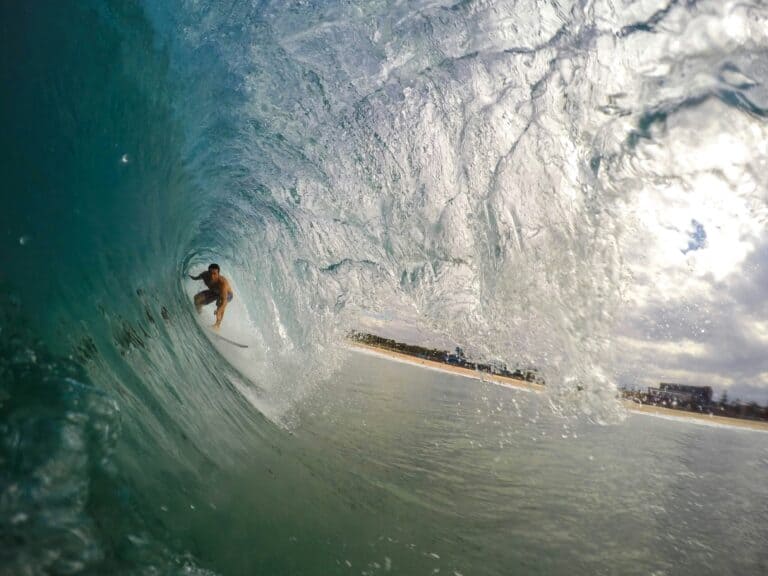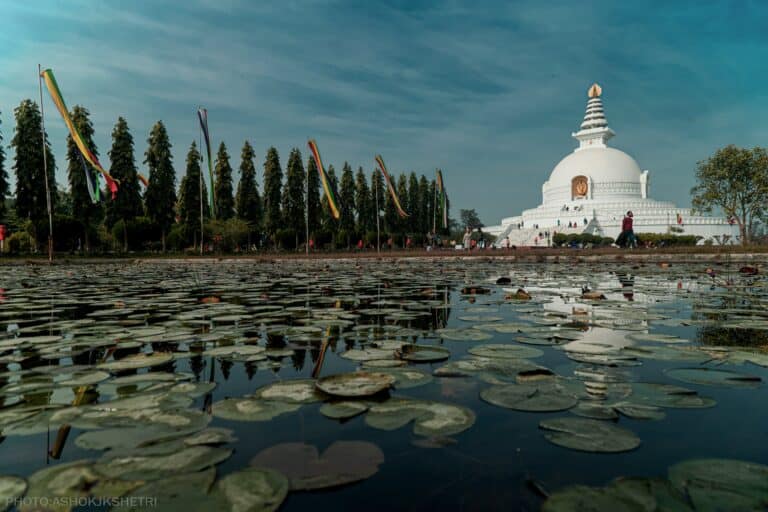Ever felt like there were more people than fish at a dive site?
Halmahera Island offers the best of Indonesian diving in a remote setting.
Halmahera is the largest Molucca island in North Maluku Province, Indonesia. Halmahera lies on an island arc that includes the famous Indonesian diving location, the Raja Ampat Islands.
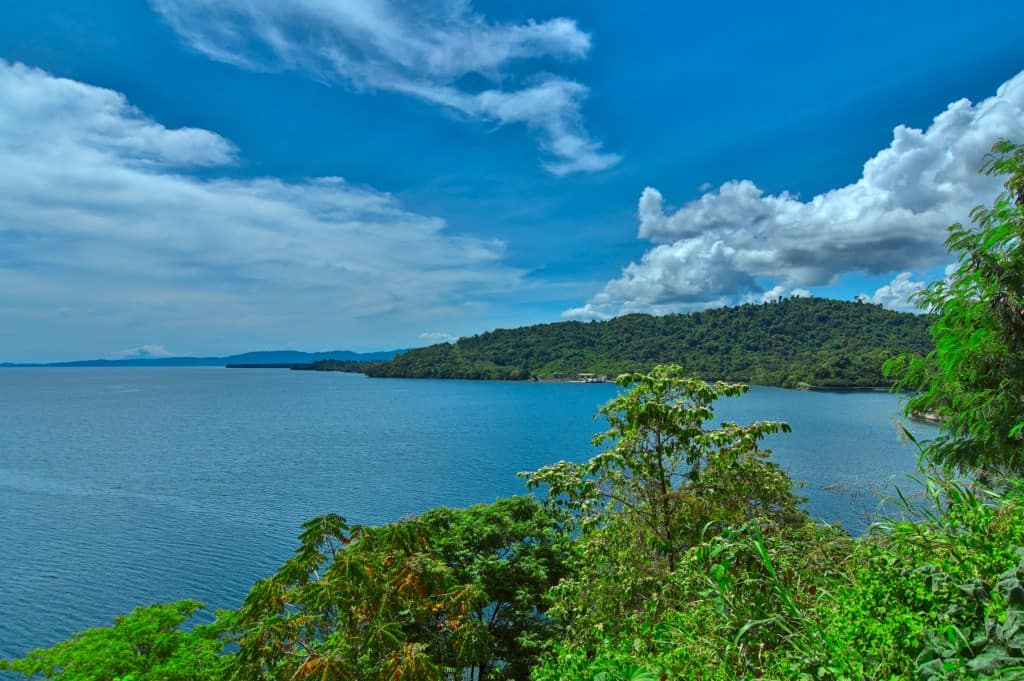 The arc of islands was formed by powerful tectonic movements. As the Australian continental plate moved towards the north, the Pacific oceanic plate was forced beneath, creating a subduction zone. The result of this collision was the formation of islands following the plate edge. Even now, there are active volcanoes, such as Dukano, on the northern end of Halmahera Island.
The arc of islands was formed by powerful tectonic movements. As the Australian continental plate moved towards the north, the Pacific oceanic plate was forced beneath, creating a subduction zone. The result of this collision was the formation of islands following the plate edge. Even now, there are active volcanoes, such as Dukano, on the northern end of Halmahera Island.
Scuba diving here is infrequent due to its remote location. Many dive sites are still undiscovered, let alone explored. This, combined with the remoteness, means dive spots are in pristine condition.
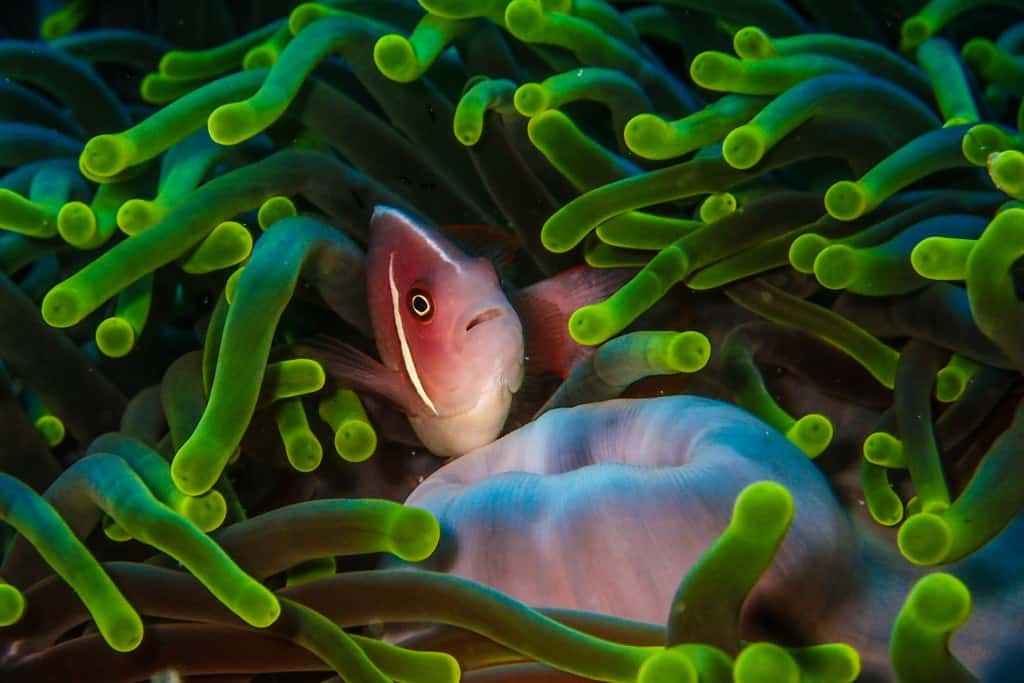
Marine life in Halmahera
Limited surveys have been conducted in the area to categorise species diversity. Though the surveys were not extensive, they returned amazing preliminary results. At the very least, estimates suggest that there are over 686 fish species and 450 coral species. All this in beautiful crystal clear waters. There are many things to see here. From huge pelagic species such as hammerhead sharks, oceanic whitetip and blacktip reef sharks, all the way down to tiny macro species such as nudibranchs, pygmy seahorses and harlequin shrimp.
Besides the vast species diversity, Halmahera has several wrecks perfect for scuba diving. During World War II, a Japanese naval base sat in Kao Bay, close by. In fact, several islands served as military bases for both Japanese and Americans. There are many wrecks to explore here, most of them now encrusted in vibrant soft corals, and awaiting their first visit from divers. Some are very difficult to reach and need above average diving experience.
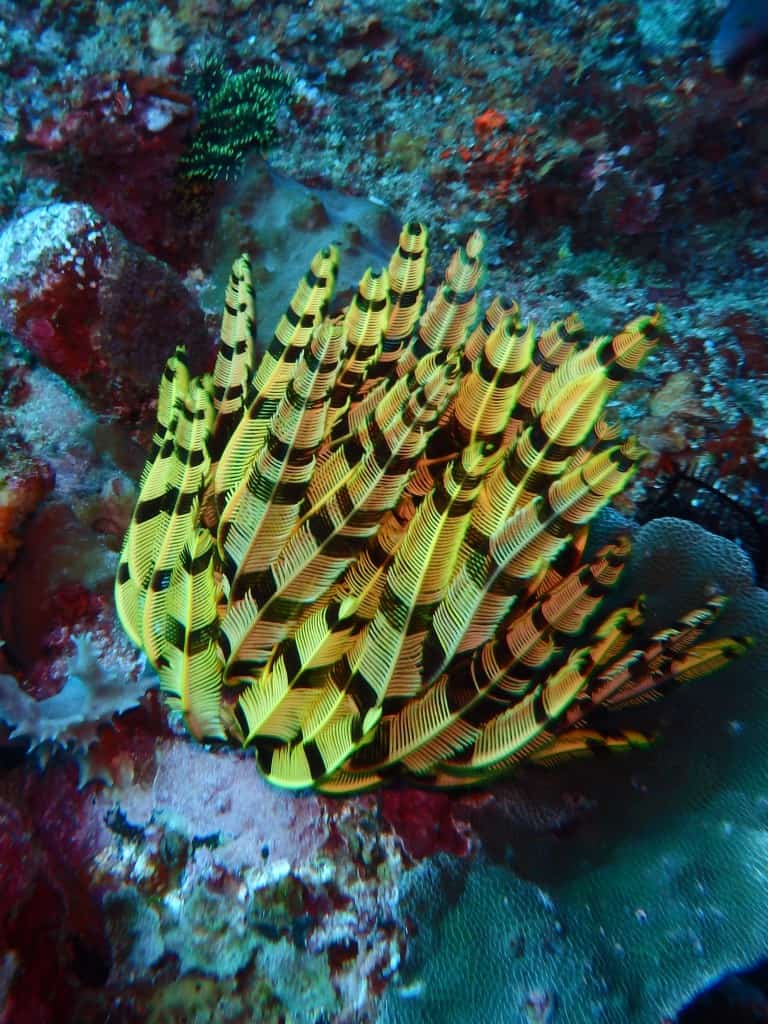
Best dive sites in Halmahera
Halmahera Strait is where divers visit to see big pelagic species. Scuba diving in this narrow ocean passage, you will see huge schools of barracuda, solitary hammerhead sharks and even manta rays.
The best wall diving site in Halmahera is Napo Siko. This site often sees strong currents, making for an adrenaline-filled drift dive. Oceanic whitetip and blacktip sharks hold steady in the current, waiting for their prey to arrive. Macro species also shelter amongst the coral formations lining the wall.
Nenas Island is best known for its macro species production capabilities. You will see harlequin shrimp hiding in anemones, while pygmy seahorses cling on to branching corals for dear life.
Pisang Island sits in the Halmahera Sea, seemingly in the middle of nowhere. Surrounded by several smaller islands, all connected via wide underwater ridges. It is on these ridges that you will dive. Fairly large pinnacles are commonly found, decorated with vase and branching corals.
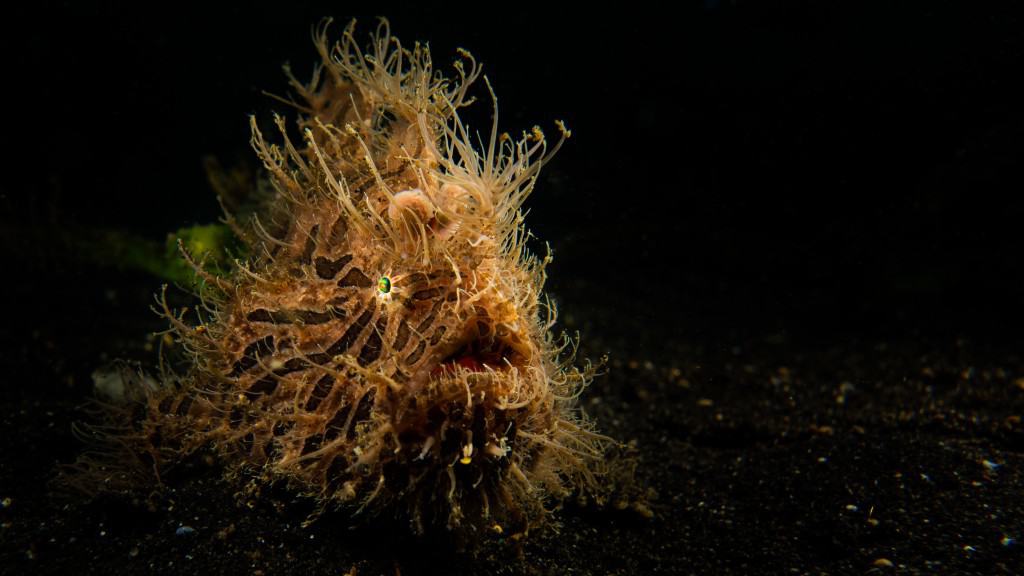
Best time to dive in Halmahera
The most suitable time to enjoy scuba diving in Halmahera is between March and November, when it’s the dry season. Water temperatures are a pleasant 84° Fahrenheit (29°C) almost all year around. But between June and August, strong trade winds sweep over the islands in this area, and can create choppy seas.
Experience level for diving Halmahera
The trade winds that blow during June and August can make scuba diving less comfortable for newer and less experienced divers. Seas will be rougher and more challenging. Some sites are also prone to strong currents. Scuba diving in Halmahera requires you to be an intermediate or advanced diver.
Getting to Halmahera
For your dive trip in Halmahera, you should first fly to Jakarta or Manado. Long haul flights connect via Singapore or Kuala Lumpur depending on your departure location. Once in Jakarta or Manado, catch a further flight to Sultan Babullah Airport, located on Ternate. From this neighbouring island, it is a short boat ride to Halmahera.
